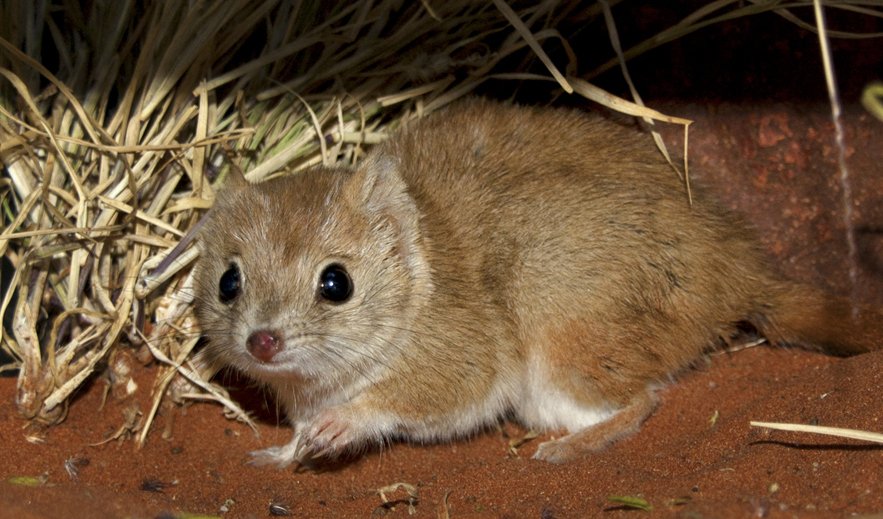Top 6 innovative ways scientists are preventing the extinction of Aussie animals

1. Using toad sausages to save our quolls
Sausages made from minced toad legs have proven to be a successful way to avert quolls from eating toxic cane toads. A recent study conducted by the University of Technology Sydney confirmed that captive northern quolls (Dasyurus hallucatus) that had been exposed to cane toad in the form of a sausage were less interested in taking a bite of toxic cane toad bait, while wild quolls, unfamiliar with the toad sausage, were more likely to take a chance on the killer feast.

A northern quoll. (Image Credit: John Carnemolla)
2. Keep your friends close and your enemies closer
Scientists from the University of New South Wales found that by exposing threatened native animals to their enemies, such as feral cats, they are able to develop more diligent behaviours, which may prolong their survival. They discovered this by exposing bettongs (Bettongia leseuer), or as there colloquially known, ‘rat kangaroos’, to a small number of predators such as feral cats, so the Australian marsupial’s defense tactics could evolve and prevent the species extinction.

Burrowing buttong. (Image Credit: hugh McGregor)
3. Harnessing ancient knowledge to save the brush-tailed mulgara
The biggest threats to the mulgara are predation by cats and foxes, which will often prey upon the mulgara during the dry season, after the rodent boom is well and truly over. This — coupled with increased wildfire brought on by the dry season that eradicates the mulgaras habitats, results in high mortality rates for this native Australian animal. Rachel Paltridge, a wildlife ecologist from Desert Wildlife Services, explained that the mulgara is surviving well on the Indigenous Protected Areas where Traditional Owners have maintained a very fine-scale fire mosaic within a 20km radius of their respective communities.

A mulgara. (Image Credit: Australian Wildlife Conservancy)
4. Withholding the location of rare and endangered species
With more and more information available online, in public reports and wildlife atlases, researchers from the Australian National University are encouraging other scientists to consider self-censorship to conserve rare and endangered species. The way in which scientific research is being harnessed by poachers has the potential to devastate the populations of certain species, accelerate habitat destruction and create other issues for conservation, including those posed by individuals eager to photograph or handle the wildlife.

Pink-tailed worm lizard (Image Credit: The Conversation/Scheele and Lindenmayer)
5. Poison-filled capsules
Posion-filled capsules have bolstered the fight against feral cats. By implanting the poison-filled capsule into native animals, the animal becomes toxic to consume. The implant sits under the skin of native animals, without causing them harm, much like a microchip. Conservation biologist, David Peacock explained that once the capsule reaches the more acidic gastric environment, it releases its contents, which will most likely be 1080 poison, and kills the predator.

Predation by feral cats is a major threat to Australian wildlife.(Image Credit: Dr Adrian Wayne, WA Dept. of Parks and Wildlife)
6. Creating more hollows for cosmopolitan birds
While city cockies have adapted new food strategies, breeding remains an issue. Tree hollows are a limited resource in urban environments meaning only a small number of birds are breeding per year, and a lot of birds aren’t moving out of their area to search for alternate tree hollows to nest and raise offspring. In light of the issues these city cockies face, John Martin from the Royal Botanic Garden Sydney has begun the Hollows as Homes project, where people are asked to locate tree hollows. With this information John hopes to create a map that will inform local governments and land care groups of key areas for conservation.

A city cockie. (Image Credit: John Martin)
READ MORE:

